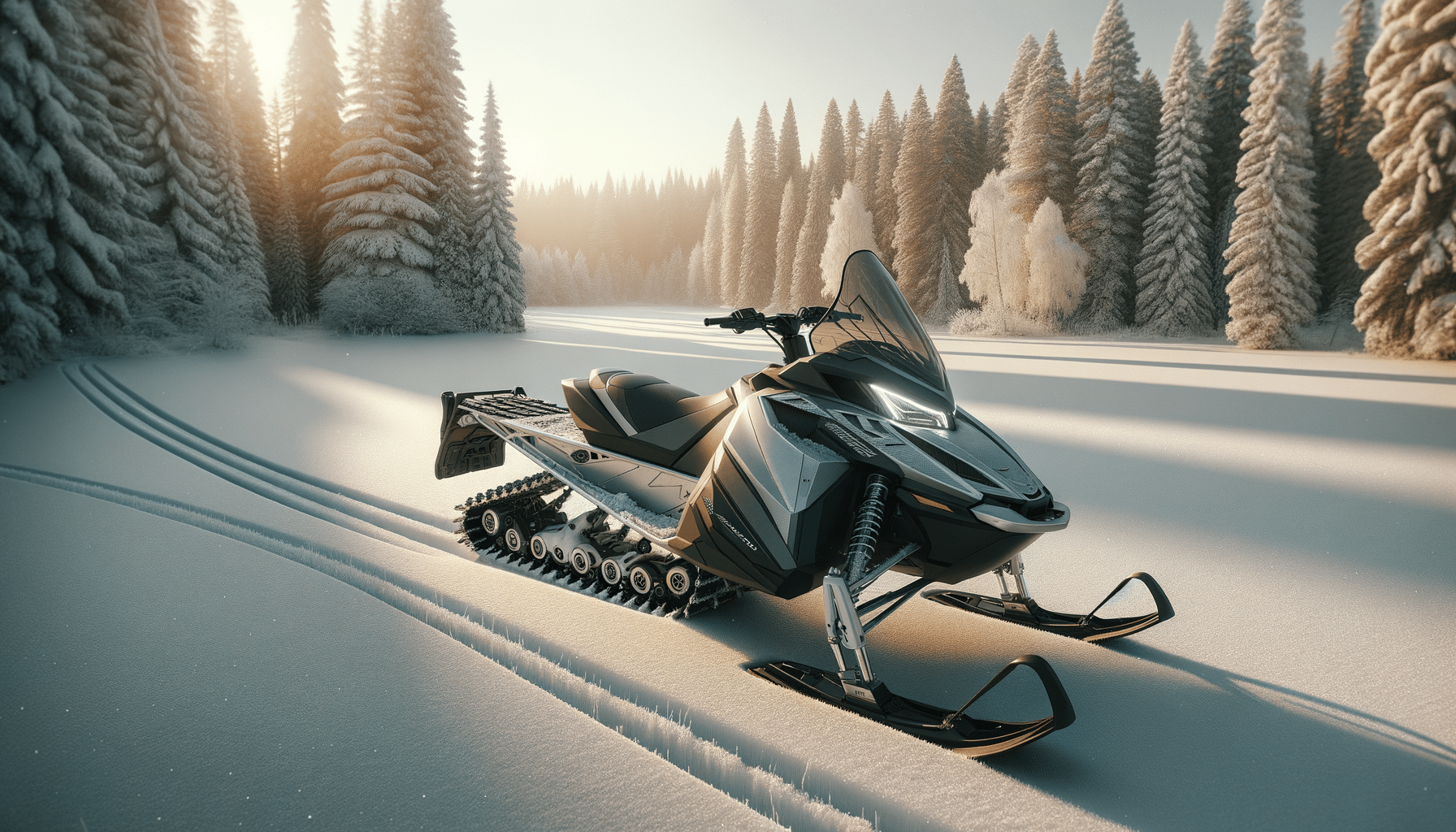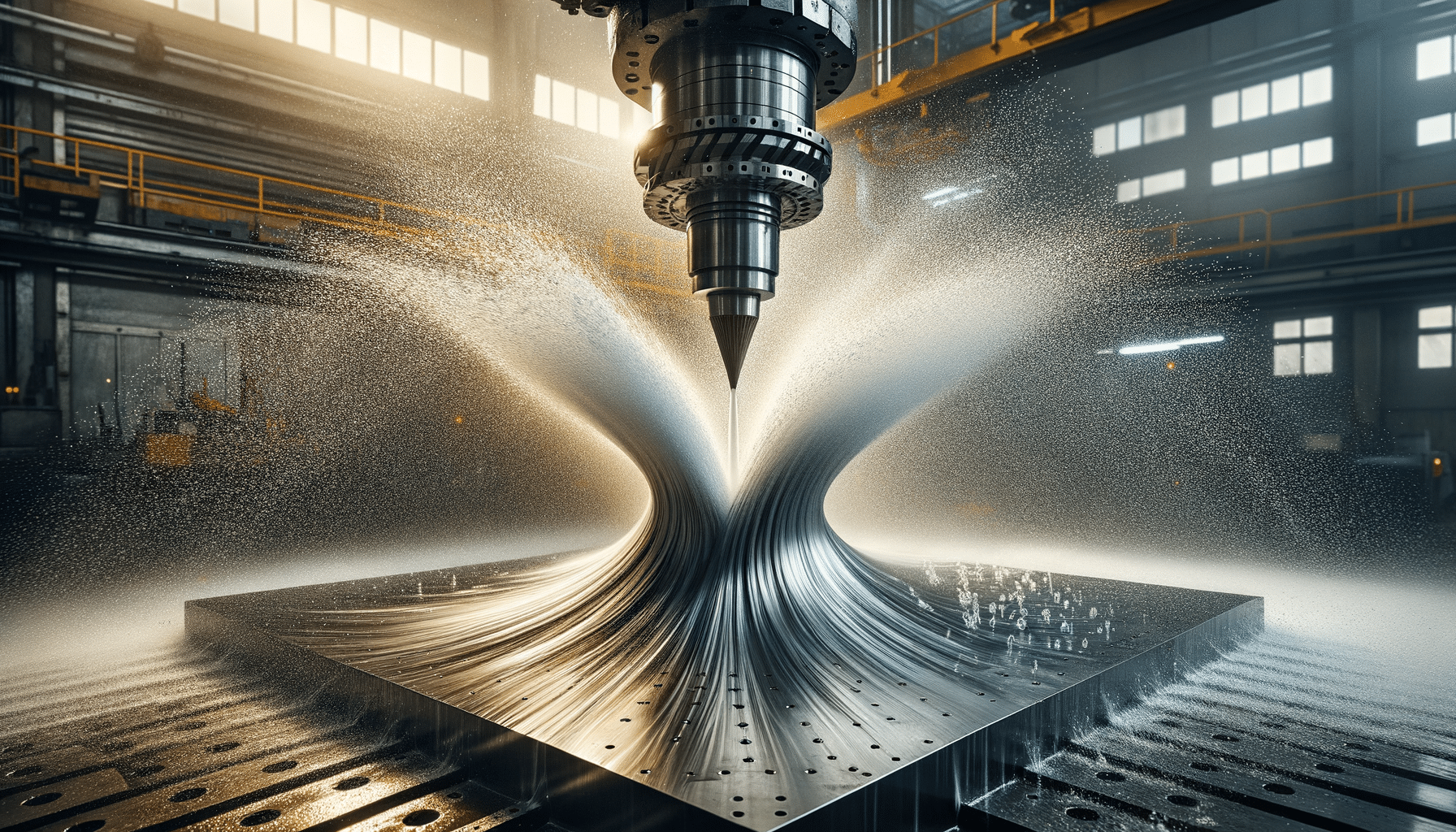
Learn more about snowmobile
The Evolution of Snowmobiles
Snowmobiles, an exciting blend of technology and adventure, have come a long way since their inception. Originally developed as a practical means of transportation in snowy conditions, these machines have evolved into a popular recreational vehicle. The first snowmobiles were rudimentary, resembling motorized sleds, and were primarily used for reaching remote areas in harsh winter climates. Over the years, technological advancements have transformed them into sophisticated vehicles with enhanced performance and comfort.
The modern snowmobile is a testament to engineering ingenuity. With powerful engines, improved suspension systems, and sleek designs, they offer a thrilling experience for enthusiasts. Manufacturers continuously innovate to improve efficiency, safety, and environmental friendliness. Snowmobiles are now equipped with features such as heated seats, GPS systems, and advanced braking mechanisms, making them a favorite choice for winter sports and exploration.
As snowmobiles became more popular, their use expanded beyond transportation to include recreational activities. Snowmobiling is now a widely enjoyed pastime, with enthusiasts taking to trails and open fields to experience the thrill of speed and the beauty of winter landscapes. The evolution of snowmobiles reflects the growing interest in winter sports and the desire to explore nature in new and exciting ways.
Understanding Snowmobile Mechanics
At the heart of a snowmobile’s performance lies its mechanical design. Understanding how these machines operate can enhance the experience for riders and potential buyers. A typical snowmobile consists of several key components: the engine, track, skis, and suspension system. Each plays a critical role in ensuring smooth operation over snowy terrains.
The engine, often a two-stroke or four-stroke, provides the necessary power to propel the vehicle. Two-stroke engines are known for their lightweight and high power-to-weight ratio, making them ideal for speed and agility. Four-stroke engines, on the other hand, offer better fuel efficiency and lower emissions, catering to environmentally conscious riders. The track, made of durable rubber with embedded metal studs, grips the snow, providing traction and stability.
Snowmobiles also feature skis at the front, which steer the vehicle. These skis are designed to glide over snow, allowing for smooth and controlled turns. The suspension system absorbs shocks from uneven terrain, ensuring a comfortable ride. Understanding these mechanics can help riders appreciate the engineering prowess behind snowmobiles and make informed choices when selecting a model that suits their needs.
Safety and Precautions in Snowmobiling
Safety is paramount when it comes to snowmobiling. While these vehicles offer an exhilarating experience, they also require responsible handling to prevent accidents and injuries. Riders must adhere to safety guidelines and take necessary precautions to ensure a safe and enjoyable outing.
Before heading out, it’s crucial to perform a thorough check of the snowmobile. Inspect the brakes, throttle, and steering to ensure they are functioning correctly. Riders should also dress appropriately for the weather, wearing layers to stay warm and dry. Helmets are non-negotiable, offering protection in case of falls or collisions. Additionally, riders should carry safety gear such as a first-aid kit, flashlight, and a map or GPS device.
While on the trails, it’s important to maintain a safe speed and be mindful of other riders and obstacles. Snowmobiling on marked trails is recommended, as they are designed for safe navigation. Avoiding alcohol consumption is also essential, as it impairs judgment and reaction times. By following these safety measures, riders can enjoy the thrill of snowmobiling while minimizing risks.
Snowmobiling as a Recreational Activity
Snowmobiling has grown into a popular recreational activity, attracting enthusiasts who seek adventure and the beauty of winter landscapes. The sport offers a unique way to explore snow-covered terrains, from winding trails in forests to expansive open fields. It provides an adrenaline rush and a sense of freedom, making it a favorite among outdoor enthusiasts.
One of the appealing aspects of snowmobiling is its accessibility. With trails available in many regions, it’s easy for individuals and families to participate. Snowmobiling clubs and associations offer resources and organized events, fostering a sense of community among riders. These groups often host races, rallies, and social gatherings, providing opportunities for camaraderie and shared experiences.
For those new to snowmobiling, rental services and guided tours are available, offering a safe and enjoyable introduction to the sport. These services provide well-maintained machines and experienced guides who ensure participants have a memorable experience. Whether seeking a thrilling adventure or a peaceful ride through nature, snowmobiling offers something for everyone.
The Environmental Impact of Snowmobiles
As with any motorized vehicle, snowmobiles have an environmental impact that must be considered. The emissions from snowmobile engines contribute to air pollution, while their operation can affect wildlife and natural habitats. However, advances in technology and increased awareness have led to efforts to reduce these impacts.
Manufacturers have made strides in developing cleaner and more efficient engines. Many modern snowmobiles feature four-stroke engines that produce fewer emissions and have better fuel economy. Additionally, regulations and guidelines have been established to minimize the environmental footprint of snowmobiling. These include designated trails to protect sensitive areas and restrictions on noise levels to reduce disturbances to wildlife.
Riders can also play a role in minimizing environmental impact by following responsible practices. Staying on marked trails, respecting wildlife, and avoiding areas with fragile ecosystems are crucial steps. By being mindful of their actions, snowmobile enthusiasts can enjoy the sport while preserving the natural beauty of winter landscapes for future generations.


